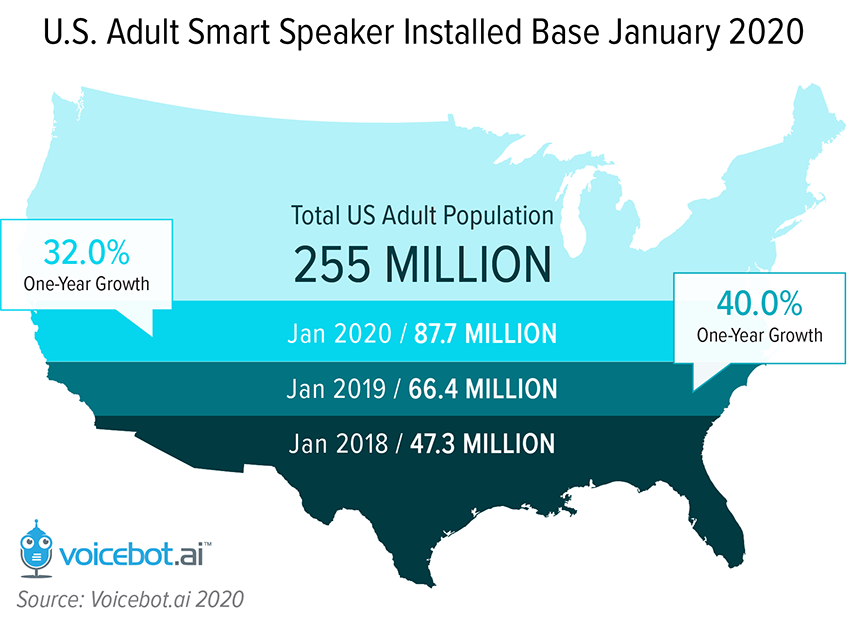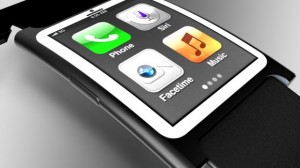
In addition to 2020 being the year of the Coronavirus COVID-19, some would also say that it was the year of the voice-activated smart device. Sales of smart speakers in 2019 reached 146.9 million units and 2020 will likely approach 200 million units or more. The final number depends on how many showed up under Christmas trees as the 4th quarter. In addition, during 2020 we started to see Alexa advertised for other contexts, including in Buick automobile advertisements. Which brings up a couple questions.
Question 1: Is the advertisement below a real advertisement or an April Fool’s Day fake advertisement?
Question 2: At what point does the trend that smart speakers began reach the point of stupidity?
To answer that question I recommend that we revisit my definition of innovation:
“Innovation transforms the useful seeds of invention into widely adopted solutions valued above every existing alternative.” — Braden Kelley
The one thing that many product managers often forget is that invention and innovation are not the same thing, and so at some point product managers are likely to invest past the invisible line on different value dimensions beyond what people are willing to pay for.
This leads to products being designed and launched that while they might be revolutionary and inventive, they actually end up being unprofitable and not innovative at all because the foundations of the new offering never reach wide adoption.
Are we approaching this point with smart devices?
Let’s try and answer this question by answering the first question about the video.
YES – This is in fact a real product.
Now, how many of you are going to rush out to your home improvement store and purchase one of these faucets to replace your existing kitchen faucet?
What if I told you that it would cost you $800-1,000 compared to very nice kitchen faucets that can cost under $100?
Very few people are likely to replace their kitchen faucet unless it stops working or starts leaking profusely.
At the same time, Moen will definitely sell some of these faucets to people who must have the latest gadgets.
If you were the product manager or innovation manager involved with this product, before launching it you should ask:
- Will we sell enough of this smart faucet to justify the cost of developing and marketing it?
- Will this smart faucet create enough of a brand halo to help us sell more of our traditional faucets?
The answers to these questions may very well be – yes.
But if not, then we have reached a point where SMART starts to become STUPID.
But, don’t stop there. You should also ask yourself questions like:
- Does it take longer to get a glass of water using the smart method than the easy manual way?
- Could my grandmother install and use it without reading the directions?
- Is this new capability valuable enough to drive replacement?
If you are an inventor or a product manager, these kinds of questions are the type that you must always be asking yourself – even if you don’t like the answers.
If you still decide to go ahead with a product that will be unprofitable, you will at least do so with open eyes – and for the right reasons.
For more on this topic, please be sure and check out my previous article – Innovation or Not – Amazon Echo Frames
Keep innovating!

![]() Sign up here to get Human-Centered Change & Innovation Weekly delivered to your inbox every week.
Sign up here to get Human-Centered Change & Innovation Weekly delivered to your inbox every week.

 Back in the 1990’s NBC referred to Thursday night as must watch television, and when it comes to making the transformation from invention to innovation, an innovation often needs a ‘Must Have’ feature.
Back in the 1990’s NBC referred to Thursday night as must watch television, and when it comes to making the transformation from invention to innovation, an innovation often needs a ‘Must Have’ feature.